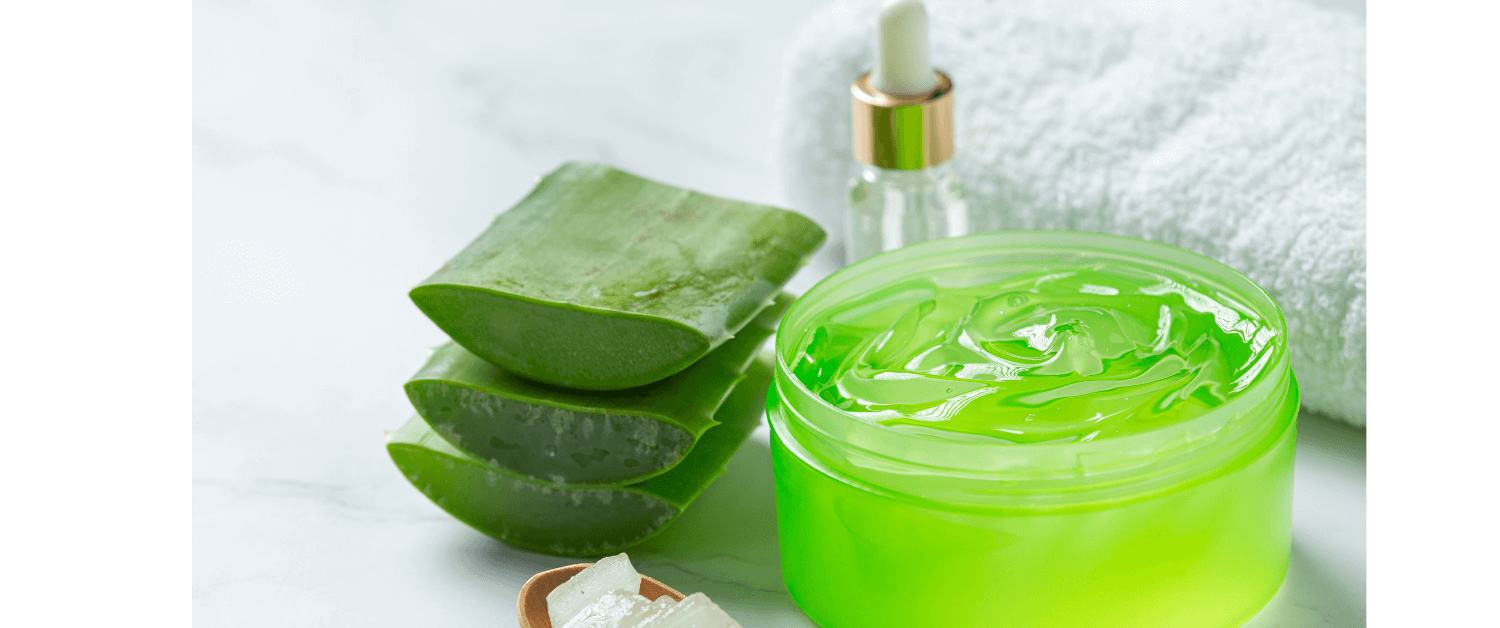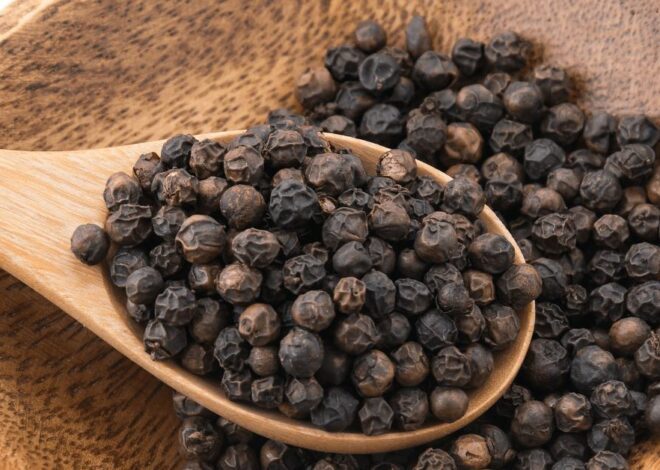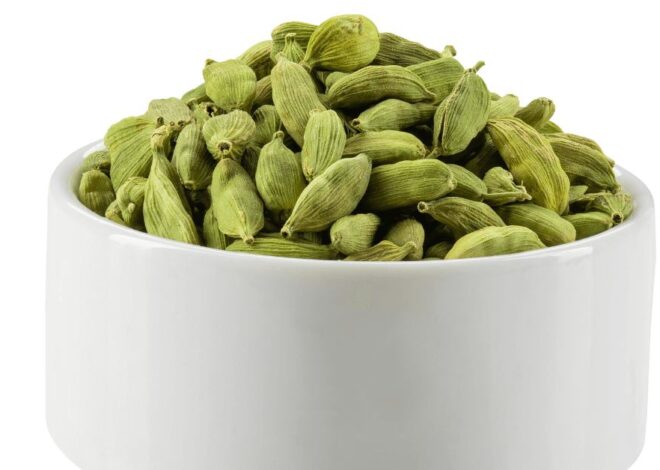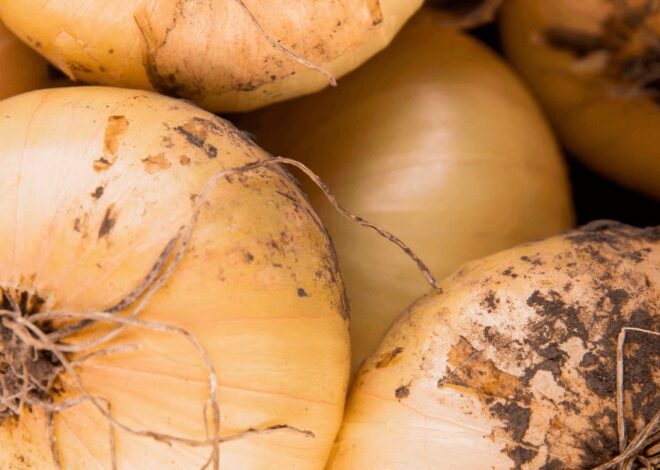
How to Choose Best Quality Aloe Vera Gel
Wondering which aloe vera gel truly delivers glowing skin and digestive health? The questions you are asking echo across countless minds. With countless brands flooding the market, finding a truly natural and effective product can feel overwhelming. From health benefits to identifying fake gels, this blog provides you with all the information you need to make a smart, informed choice. Whether you are applying it topically or consuming it internally, pure aloe vera gel can be a game-changer for your wellness routine.
What Is Aloe Vera Gel?
Aloe vera gel is the translucent, jelly-like substance extracted from the inner part of the aloe vera leaf. Aloe barbadensis Miller is considered to be the most potent and beneficial variety. This succulent plant thrives in dry climates and has thick, fleshy leaves filled with a cooling gel that is packed with nutrients.
The gel is composed of over 75 active compounds, including:
-
- Vitamins: A, C, E, and B12
- Minerals: Calcium, magnesium, zinc, and potassium
- Enzymes: These help reduce inflammation and aid digestion
- Amino acids: Including essential ones, the body can’t produce on its own
- Polysaccharides: Which support skin repair and immune function
Thanks to this nutrient-rich profile, aloe vera gel has earned its reputation as a natural healer.
Its texture is light and non-greasy, making it ideal for topical application. When applied to the skin, it creates a protective barrier while allowing moisture to penetrate deeply. And when consumed, it acts as a gentle detoxifier and digestive aid. In short, aloe vera gel is nature’s multi-tasking elixir, soothing, hydrating, and healing from the inside out.
How Is Aloe Vera Gel Extracted?
-
- Manual Extraction: This traditional method involves carefully slicing open a mature aloe vera leaf and scooping out the clear inner gel using a spoon or knife. Special care is taken to avoid the yellowish sap known as aloin, which lies just beneath the leaf skin and can cause irritation or laxative effects if not removed properly. The manually extracted gel is fresh, potent, and ideal for immediate use.
- Cold-Pressed Method: Cold-pressing is a gentle, nutrient-preserving technique that involves extracting aloe vera gel without the use of heat. This method helps retain the plant’s natural enzymes, vitamins, and antioxidants, making it highly effective for therapeutic and cosmetic applications. The gel is typically pressed and filtered to remove impurities while minimizing oxidation. Cold-pressed aloe vera is often used in high-quality skincare products due to its superior freshness and potency.
- Commercial Extraction: In large-scale production, aloe vera gel is extracted using mechanical processes that may include grinding, filtration, and stabilization with preservatives. While this allows for longer shelf life and mass distribution, it can sometimes compromise the gel’s natural integrity.
Skin Benefits of Aloe Vera Gel
Aloe vera gel, known as “Kumari” in Ayurveda, is far more than just a cooling remedy. It is a time-honoured skin elixir celebrated for its healing and rejuvenating properties. Rooted in ancient Ayurvedic wisdom, this humble plant helps soothe inflammation, restore moisture, and enhance your skin’s natural radiance across all dosha types. Some benefits of aloe vera gel include:
-
- Soothe Sunburns and Minor Cuts: Aloe vera gel has powerful cooling and anti-inflammatory properties that help calm sunburned skin and reduce redness. It’s natural compounds support faster healing of small cuts and abrasions.
- Hydrate Dry or Flaky Skin: Rich in water content and humectants, aloe vera gel deeply moisturizes the skin without leaving a greasy residue. It helps restore the skin’s natural barrier, making it especially effective for dry, sensitive, or winter-stressed skin.
- Reduce Acne and Inflammation: Thanks to its antibacterial and anti-inflammatory agents, aloe vera gel can help reduce acne breakouts and soothe irritated skin. It also unclogs pores and minimizes swelling, making it ideal for oily or acne-prone skin.
- Promote Wound Healing: Aloe vera stimulates collagen production and increases cell regeneration, resulting in speeding the healing process for wounds, scrapes, and even post-acne marks. Its gentle nature makes it safe for daily use on healing skin.
- Improve Skin Elasticity and Glow: Loaded with antioxidants like vitamins C and E, aloe vera gel helps fight free radicals and improve skin tone. Regular use can enhance elasticity, reduce dullness, and give your skin a naturally radiant glow.
Health Benefits of Consuming Aloe Vera Gel
When consumed in moderation, aloe vera gel for digestion and immunity offers:
-
- Improved Gut Health and Digestion: Aloe vera gel contains enzymes like amylase and lipase that help break down sugars and fats, easing the digestive process. Its soothing properties also reduce inflammation in the gut lining, making it beneficial for those with acidity, bloating, or irritable bowel symptoms.
- Relief from Constipation (When Latex Is Removed): When properly prepared (without the yellow latex), aloe vera gel acts as a gentle digestive aid. It helps regulate bowel movements by increasing water content in the intestines, offering relief from occasional constipation without harsh laxatives.
- Enhanced Nutrient Absorption: Aloe vera supports better absorption of vitamins and minerals by improving gut permeability and balancing stomach acids. This means your body can make the most of the nutrients from the food you eat, especially iron, calcium, and B12.
- Boosted Immunity: Rich in antioxidants like vitamins C and E, aloe vera gel helps neutralize free radicals and strengthen the immune system. It also contains polysaccharides that stimulate white blood cell activity, enhancing your body’s natural defense mechanisms.
- Detoxification and Liver Support: Aloe vera gel acts as a mild detoxifier, helping flush out toxins from the digestive tract and bloodstream. It also supports liver function by promoting bile production and reducing oxidative stress, which is key for maintaining overall metabolic health.
How to Consume Aloe Vera Gel Safely
Fresh aloe vera gel (scooped from the inner leaf) can be slightly bitter and thick, so blending it with complementary ingredients makes it more palatable and effective:
-
- Water: Dilutes the gel and aids hydration.
- Lemon juice: Adds vitamin C and enhances detox benefits.
- Herbal infusions: Tulsi, mint, or ginger tea can balance the cooling nature of aloe and support digestion.
You can also mix it into smoothies or use it as a base for wellness shots. Just ensure the gel is clear and free from the yellow latex layer.
Dosage:
Around 1–2 tablespoons of fresh aloe vera gel is considered safe for most adults. Overconsumption may lead to electrolyte imbalance, diarrhea, stomach cramps, and reduced potassium levels. Moderation is the key.
Start with a small amount and observe how your body responds, especially if you are new to aloe vera. Individuals with health conditions, diabetes, under medication, pregnant or breastfeeding women, or people prone to allergies should not consume it without consulting a doctor/ health care provider.
Best Time to consume Aloe Vera:
The best time to consume aloe vera gel is either early in the morning on an empty stomach or about 30 minutes before meals. Taking it first thing in the morning helps activate digestion, flush out toxins, and support overall gut health.
When consumed before meals, aloe vera prepares the digestive tract for better nutrient absorption and can help reduce acidity or bloating. These timings maximize its therapeutic benefits, especially for those dealing with digestive issues or aiming for a natural detox.
However, it’s best to avoid consuming aloe vera late at night, as it may stimulate bowel movements or disrupt sleep in sensitive individuals. For optimal results, use fresh, properly stored gel and start with small quantities to assess tolerance.
Always remove the Yellow Latex before consuming aloe vera gel. The yellow layer between the skin and gel (called aloin or latex) is a potent laxative and can cause abdominal cramps, diarrhea, dehydration, and electrolyte imbalance if consumed in excess or over time.
How to prepare Aloe Vera Gel at home
To prepare aloe vera gel at home, follow these steps:
-
- Cut a mature aloe leaf from the base.
- Wash thoroughly and let it sit upright to drain aloin.
- Peel the green skin and scoop out the clear gel.
- Blend until smooth.
- You can add vitamin E or essential oils for preservation (optional).
How to store Aloe Vera Gel
Refrigeration: Transfer freshly extracted aloe vera gel into a clean, airtight glass jar to prevent contamination and oxidation. Store it in the refrigerator, ideally in the main compartment for consistent cooling. This method preserves its texture and nutrients for up to 7 days, making it ideal for short-term use in skincare or haircare routines.
Freezing: Pour the gel into ice cube trays and freeze. Once solid, transfer cubes to a zip-lock bag or an airtight container. This extends shelf life to several months while maintaining most of its beneficial properties. Frozen cubes are convenient for single-use applications. Just thaw one when needed for soothing sunburns or DIY masks.
Few Pointers to keep in mind while storing Aloe Vera Gel:
- Direct sunlight or high temperatures can break down aloe vera’s active compounds. Avoid storing it in direct sunlight. Heat accelerates spoilage and reduces the gel’s effectiveness, especially for medicinal or cosmetic use.
- Always store the gel in opaque or amber-colored containers if refrigeration isn’t possible, to block UV exposure.
What to look for when buying pure Aloe Vera Gel
If you are buying from the market, here is how to identify pure aloe vera gel:
-
- Look for “100% aloe vera gel” or “aloe barbadensis leaf juice” as the first ingredient.
- Color should be clear or slightly cloudy, not green or artificially colored.
- Pure gel has no strong scent, so it should be Fragrance-Free.
- Opt for BPA-free, UV-protected container packaging.
- Some commercial products may contain additives, thickeners, or diluted aloe content. Hence, while buying it, it is crucial to check the labels for purity. Look for terms like “100% aloe vera” or “organic cold-pressed” to ensure quality.
Ingredients to avoid while buying Aloe Vera Gel
When buying aloe vera gel, it is important to check the ingredient list carefully to ensure purity and safety. Avoid products that contain artificial fragrances, synthetic colors, alcohol, or harsh preservatives like parabens and sulfates, as these can irritate the skin and reduce the gel’s natural benefits.
Look for gels with a high percentage of pure aloe vera (ideally above 95%) and minimal additives. A short, transparent ingredient list is usually a good sign of quality. Opting for organic or cold-pressed varieties can further ensure potency and skin-friendliness.
How Companies Adulterate Aloe Vera Gel
Some brands dilute aloe vera with water, add synthetic thickeners, or use powdered extracts instead of fresh gel. Others include preservatives that reduce efficacy or add fragrance to mask poor quality.
Conclusion
Whether you are applying it to your face or sipping it for gut health, pure aloe vera gel can be a powerful addition to your wellness toolkit. Always check labels, avoid unnecessary additives, and when in doubt, make it at home! For best results, look for cold-pressed, transparent gels with minimal ingredients.



